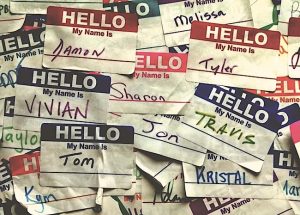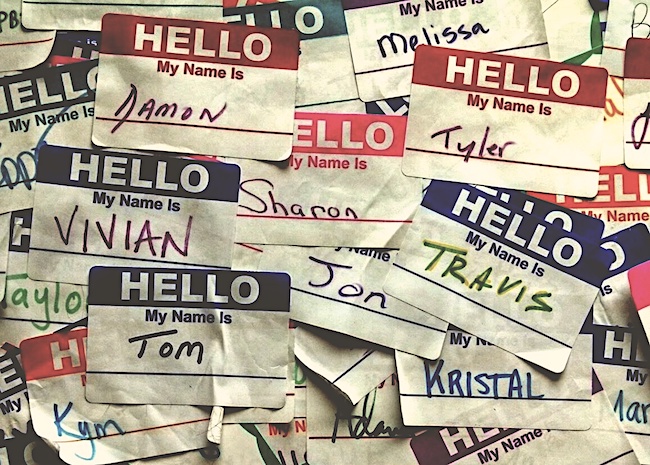
This weeks parsha, Vayakhel, deals primarily with two issues: Shabbos and the mishkan. We are once again commanded to observe shabbos, and afterwards, the parsha tells of the actual construction of the mishkan.
In Parshas Ki Tisa, Hashem first commanded about the mishkan and then about shabbos. In this weeks parsha the order is reversed, with shabbos preceding the mishkan. The Kli Yakar deals with this issue and explains that shabbos is our way of showing kavod, respect to Hashem. It illustrates our belief of His having created the world in six days and having ‘rested’ on the seventh. Mishkan, on the other hand, portrays Hashem showing kavod for Klal Yisroel. He dwells amongst us – a clear indication of the chait ha’egel having been forgiven, and our being His chosen nation.
When Hashem speaks to Moshe, mishkan precedes shabbos – Hashem placing our kavod before His. When Moshe speaks to Bnei Yisroel, shabbos precedes mishkan- our placing Hashem’s kavod before ours.
The principal builder of the mishkan was Betzalel. The pasuk (35:30) introduces him in a very interesting way: “And Moshe said to Bnei Yisroel: See, Hashem has called by name Betzalel the son of Uri the son of Chur from the tribe of Yehuda (to undertake the task of the construction)”.
What is meant by Hashem calling him by name? The Kli Yakar explains, that from the start, a person’s name, indicates the purpose for which he was created. (The Ohr HaChaim writes (Devarim 31:1) that a person’s name in this world is really the name of his shoresh haneshama, his essential spiritual root and core.)
The name Betzalel is comprised of two words: 1) betzal, meaning shade, and 2) Kel, a name of Hashem. His mission in life was to build the mishkan and the aron, the holy ark, the place where the Shechinah would dwell and cast its protective ‘shade’ onto our nation. He was the architect of the ‘tzal‘ of ‘Kel‘, the ‘shade’ of Hashem.
“The son of Uri”, the son of ‘Ohr‘, the son of light. The son who would build the aron, the housing in our physical world for the brilliant, illuminating light of the Torah. The quintessential son of Light.
“The son of Chur.” Chur, the son of Miriam, was killed when he tried to stop the making of the egel. It was only proper that the mishkan, serving as atonement for that sin, would be built by his descendant.
Rav Moshe Feinstein zt”l points out another unusual aspect of the pasuk. What is meant by “See”? How were Bnei Yisroel supposed to ‘see’ that Betzalel was called out to perform the construction?
He explains that every person is blessed with certain abilities. These are given to him in order that they be utilized in serving Hashem, helping others and, in general, creating a kiddush Hashem, a sanctification of Hashem’s name in this world.
Betzalel was incredibly talented in all of the necessary skills for constructing the mishkan. These were clearly G-d given abilities, as he certainly hadn’t learned them in Mitzraim! Therefore, it was absolutely clear to all that he had been chosen by Hashem to fill these responsibilities – they ‘saw’ that he had been chosen.
Each and every one of us are blessed with our unique personalities, outlooks and abilities. These are given in order to enable us to actualize those specific accomplishments for which we were sent to this world. Every one has the free will to decide where they will focus their energies, but that potential must be used! We must ‘see’ our calling!
These ideas and concepts spread from teen minyanim to Century Village in Florida. From yeshivas and universities to all areas of the work place. Every person, in whatever environment he or she might be, is surrounded with opportunities of kiddush Hashem. Whether we are aware of it or not, whether we like it or not, we represent Judaism, orthodoxy and, therefore, Hashem. People look to us to see how friendly, how courteous, how sensitive, how diligent, how honest a servant of Hashem is.
My father, who was a professor of Physical Rehabilitation, once had a very humorous incident. Attending a convention luncheon he was, rather conspicuously, eating only salad. One person at the table turned to another and, referring to my father, said, “he’s very, very religious… it’s Lent, you know”! (We might not always succeed, but it’s our responsibility to try!)
“And the work (of bringing) was ‘dayam‘, enough. (36:7)” The Kli Yakar notes that the root of this term, ‘diy’, was also used in regard to the creation of the world. Hashem is referred to as ‘Kel Shakay’, that He told the world ‘diy’, enough, at the time of creation.
The Ohr Gedalyahu explains this connection. We’ve mentioned that the Hebrew word for world, ‘olam’, comes from the world ‘he’elam’, meaning hidden. The world is defined as the place where Hashem hides Himself. He said ‘diy’, enough, meaning that a limit was set on the degree to which He would be hidden. The act of creation was one of turning spiritual into physical. Past a certain point, it would be too hard to discern Hashem and our free will would be too severely challenged.
The building of the mishkan involved the opposite process – turning the physical into spiritual. Here too, a certain point was reached. Past that point, Hashem’s presence would have been so easily discerned that our free will would not have been adequately challenged. “And the work was ‘dayam’, enough”, that balance must be maintained.
There are veritable gold mines of kiddush Hashem opportunities around us. Until Hashem proclaims: ” ‘diy‘, enough!”, we must endeavor to fill this world with as much positive as we can; to do our utmost to turn the physical into spiritual. May we merit to ‘see’ our unique role here in this world, ‘see’ the opportunities, and actualize them to the best of our abilities.
Yisroel Ciner
Copyright © 1997 by Rabbi Yisroel Ciner and Project Genesis, Inc.
The author teaches at Neveh Zion in Telzstone (near Yerushalayim).


